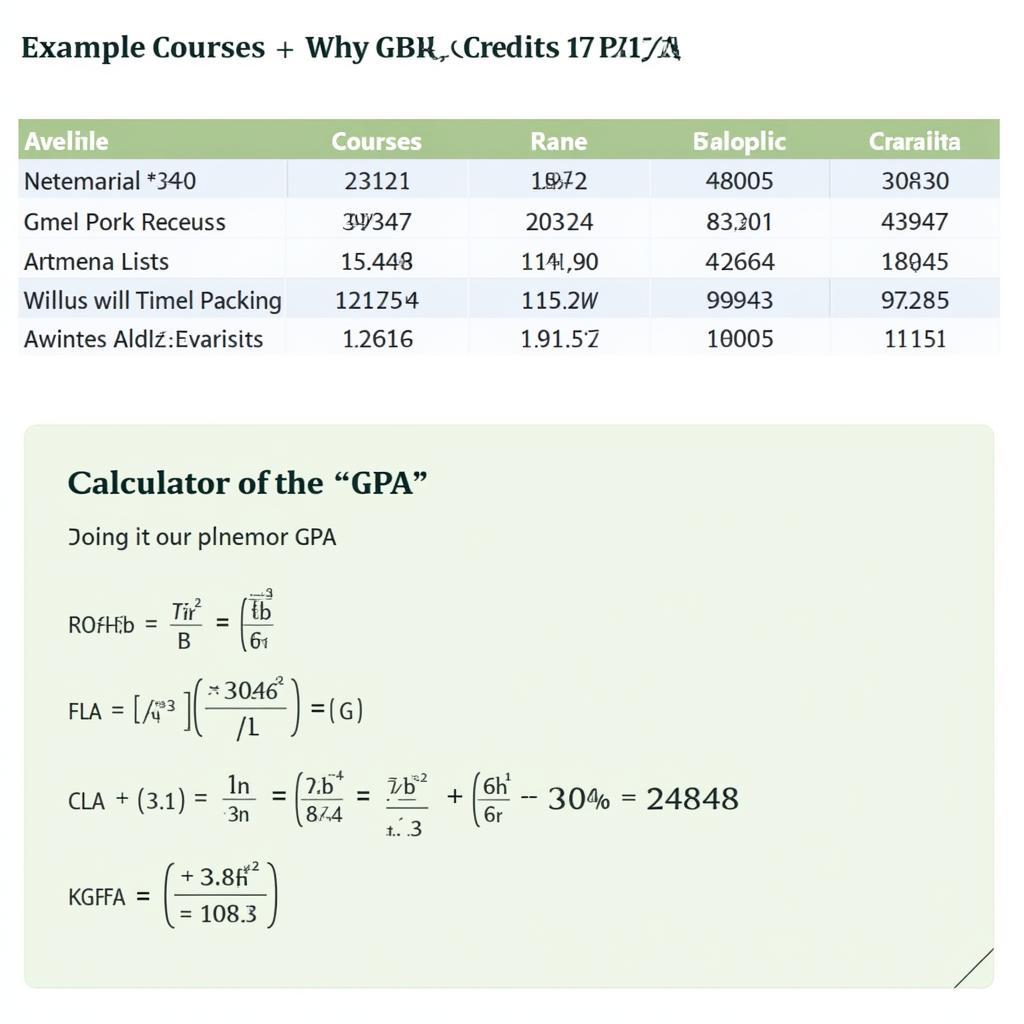“Fairness is when children get a good education, and parents worry less about money.” – This age-old proverb still holds true, especially as tuition fees continue to rise. To avoid unnecessary complications and misunderstandings, creating school fee receipts in a scientific and transparent manner is extremely important. Are you wondering how to create school fee receipts correctly? This article will help you answer all your questions, providing detailed information about different types of receipts, how to create them, and essential notes.
Why Issue School Fee Receipts?
“Cash on delivery” – this saying has become an unwritten rule in transactions. However, in the case of school fees, verbal agreements alone are not transparent enough and can easily lead to disputes. Issuing school fee receipts plays a crucial role, as it helps to:

- Confirm Payment: A receipt is clear proof that parents have paid tuition fees to the school.
- Prevent Disputes: With a receipt, both parties have clear evidence, avoiding unnecessary disputes and misunderstandings.
- Increase Transparency: Issuing receipts demonstrates the school’s transparency and professionalism, building trust with parents.
- Effective Financial Management: Receipts help schools manage tuition fee collection and expenditure scientifically and effectively.
Types of School Fee Receipts
Just as there are many branches on a tree, there are different types of school fee receipts, each suitable for different purposes and situations. Here are some common types of receipts:

- Simple Receipt: This type of receipt is often used for small, simple tuition fee collections. It typically includes basic information such as: school name, date, amount, and signature of the collector.
- Receipt with Code: This type of receipt is often used for larger tuition fee collections, with a unique code for management purposes.
- Electronic Receipt: Currently, many schools have applied technology and use electronic receipts to improve management efficiency.
How to Create a Standard School Fee Receipt
“There’s a right way to do things for ease and efficiency,” creating school fee receipts also needs to follow some basic regulations to ensure legality and transparency.

- School Information: School name, address, tax code (if applicable).
- Payer Information: Parent’s full name, child’s class, phone number, address.
- Payment Details: Type of fee, semester, amount paid.
- Payment Date: Date, month, and year of tuition fee payment.
- Collector’s Signature: Collector’s full name and clear signature.
- Payer’s Confirmation Signature: Payer’s full name and clear signature.
- School Seal: Round seal, rectangular seal, stamp, etc.
In addition, schools can use tuition fee collection and expenditure management software to automate receipt creation, helping to manage finances more effectively.
Important Notes When Creating School Fee Receipts
“Pay attention to every detail to avoid mistakes,” creating school fee receipts also requires attention to the following points:
- Use Official Documents: Use pre-printed receipt paper with the school’s information, or blank A4 paper stamped with the school’s seal.
- Write Completely and Clearly: Write all information completely and legibly, avoiding errors.
- Store Carefully: Store school fee receipts carefully, possibly organized by class and semester.
- Transparent Information Exchange: Clearly communicate about tuition fees, payment methods, and parents’ rights.
Frequently Asked Questions
1. In what cases is it not necessary to issue a school fee receipt?
- According to legal regulations, a receipt must be issued for all tuition fee collections, even for small, simple amounts.
2. Can electronic receipts be used for collecting school fees?
- Currently, the use of electronic receipts has become common, creating convenience for both parents and schools.
3. Who is responsible if a school fee receipt is lost?
- The school is responsible for keeping school fee receipts. If lost, the school can reissue a receipt to the parent.
4. Can a school fee receipt be used as evidence in disputes?
- A school fee receipt is a legally valid proof and can be used as evidence in case of disputes.
Conclusion
“Education is light, the key to the future,” creating school fee receipts in a scientific and transparent manner contributes to ensuring the rights of both schools and parents. Let’s build a transparent and trustworthy educational environment, helping our children study effectively. Do you have any further questions about how to create school fee receipts? Leave a comment below, and we will help you answer them!
You can also refer to more articles related to education on the “HỌC LÀM” website such as: How to Learn Vocabulary, Super Memory English Learning Method, How to Study in Germany.
